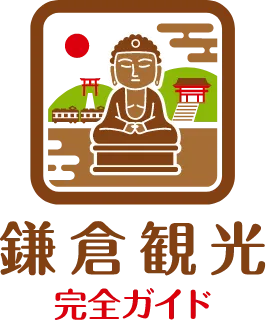Sakura at Zuisenji Temple
The Charm of Zuisenji Temple and Its Sakura
Zuisenji Temple is renowned for its diverse cherry blossoms, making it one of Kamakura’s top flower-viewing destinations with an extended sakura season. Visitors are greeted by cherry trees lining the temple approach, while within the grounds, winter sakura, weeping sakura, Somei Yoshino, and Yamazakura bloom in succession, marking the arrival of spring. Particularly notable is the winter sakura, believed to have been planted by Tokugawa Mitsukuni, which adds color to the landscape even during the autumn foliage and plum blossom seasons, creating a unique ambiance found only at Zuisenji.
A Long-Lasting Sakura Season
Due to the varying bloom periods of different sakura species, visitors can enjoy cherry blossoms at Zuisenji from November through April.
- Winter Sakura (Best Viewing: November–February)
Delicate blossoms appear even in the coldest months, enhancing the scenery alongside autumn leaves and plum blossoms. - Weeping Sakura & Somei Yoshino (Best Viewing: Late March–Early April)
These sakura bloom along the temple approach and within the grounds, creating breathtaking views. - Yamazakura & Oshima Sakura (Best Viewing: Early April)
Their soft-colored blossoms contrast beautifully with the lush greenery of the surrounding hills. - Yaezakura (Best Viewing: Early–Mid April)
These luxurious double-petaled cherry blossoms provide the final touch to the spring season.
Highlights and Enchanting Scenery
As visitors stroll along the temple’s paths, they are greeted by scattered sakura trees, while Somei Yoshino and weeping sakura create stunning landscapes along the walking trails. Especially after rain, the drooping branches of the weeping sakura exude a mystical charm, captivating all who visit.
In addition to cherry blossoms, Zuisenji Temple features a variety of spring flowers, including Oomasaritoun (Large Chinese Violet Cress), Shokatsusai (Chinese Violet Cress), and Murasaki Hanana (Purple Chinese Violet Cress). These blossoms, which bloom from late March to mid-April, enhance the beauty of spring and complement the sakura perfectly.
The Beauty of All Four Seasons
Beyond its spectacular cherry blossoms, Zuisenji Temple offers breathtaking scenery throughout the year. As the temple garden transforms with the changing seasons, visitors can take in the peaceful surroundings and embrace the quiet passage of time.
Toshi’s Evaluation
| Evaluation Criteria | Score | Reason |
|---|---|---|
| Scenic Beauty | 9 | Zuisenji features a variety of cherry blossoms, including weeping cherry trees and Somei Yoshino, harmonizing beautifully with its garden and temple gate. The weeping cherry blossoms, especially after rain, create an ethereal atmosphere and are highly photogenic. |
| Accessibility | 6 | Accessible by bus and a 10-minute walk from the nearest bus stop, but the location is slightly inconvenient. Signage is relatively easy to follow. |
| Historical Value | 8 | Founded in the late Kamakura period by Muso Soseki, Zuisenji holds significant historical value with its gardens and rock formations. There is also a legend that Tokugawa Mitsukuni planted winter cherry trees here. |
| Comfort | 7 | The area is relatively quiet and less crowded, allowing for a peaceful visit. However, facilities like restrooms and rest areas are somewhat limited. |
| Reviews | 8 | Highly rated on social media and travel sites, with many visitors praising the beauty of the weeping cherry blossoms. Comments like “worth visiting multiple times” are common. |
Total Score: 38 Points
Zuisenji is a charming destination where cherry blossoms blend seamlessly with historical significance, making it particularly appealing in spring. However, due to its slightly inconvenient access, planning ahead is recommended.
